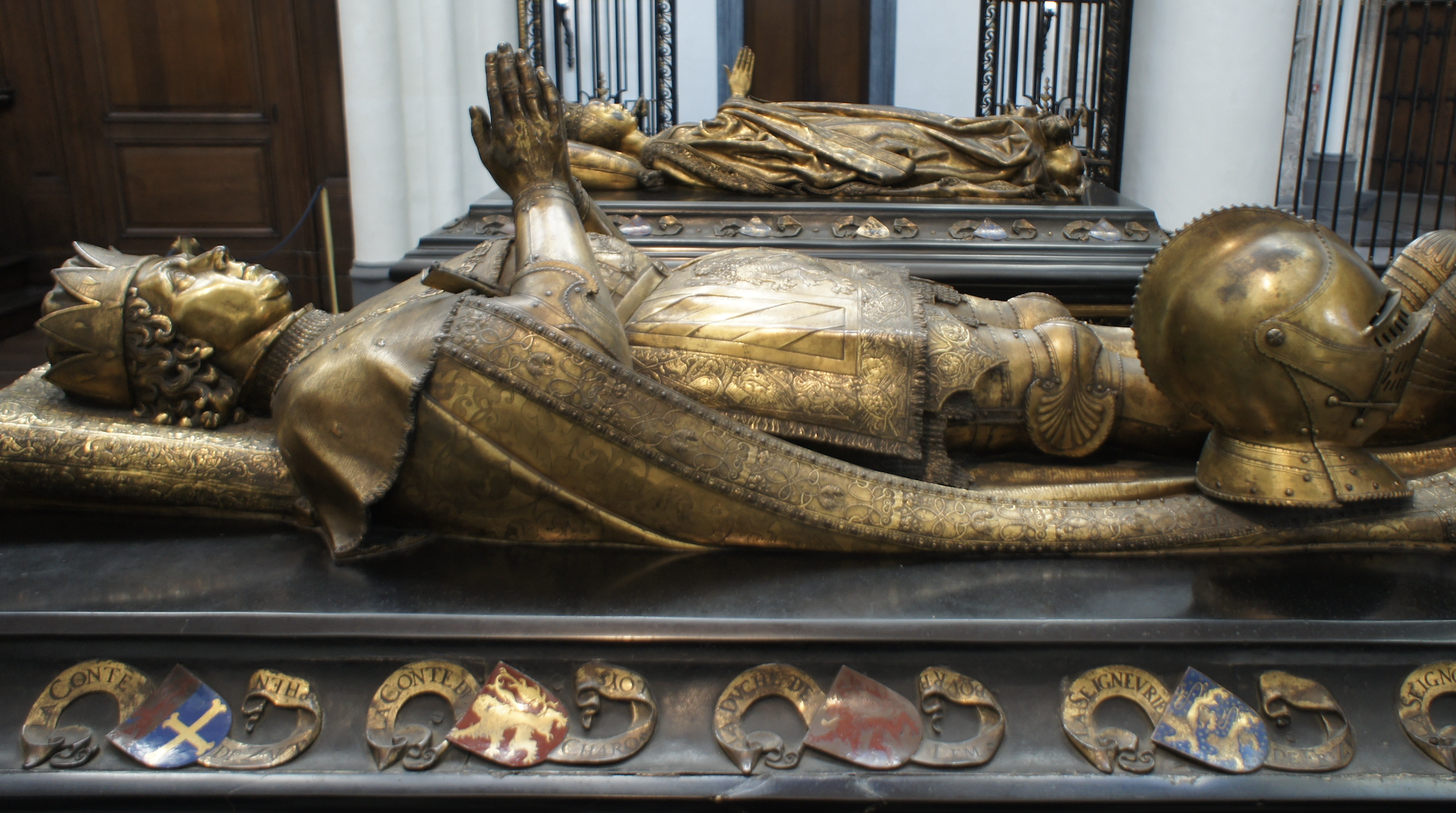Monumental dinanderie
Achievement and tradition of metal sculpture in the Low Countries in the late gothic and renaissance period

The Low Countries once contained many sculptures from the late Gothic and Renaissance period in a variety of materials, sizes, and qualities, and for both indoor and outdoor purposes. During outrages of iconoclasm and other phenomena, stone and wood sculptures were lost as were metal sculptures, possibly to a greater degree proportionally. Despite the current paucity of physical evidence, the Low Countries supported an extraordinary group of artisans specialised in the casting of metal sculpture.
Brass sculpture workshops acquired a prestigious position during the 1450’s with Guillaume Lefèvre in Tournai and Jacques de Gérines in Brussels. On a level of elaboration equalling sculptural works by orfèvres, these specialised dinandiers produced monumental sculptures for courtyards and sepulchres as well as for liturgical purposes. is practice lasted until c.1550, when bronze sculpture was introduced by Leone Leoni and continued by Jacques Jonghelinck in Brussels. is paper covers the most important artists, art works, and developments in monumental metal sculpture of the 15th and 16th centuries in the Low Countries.
